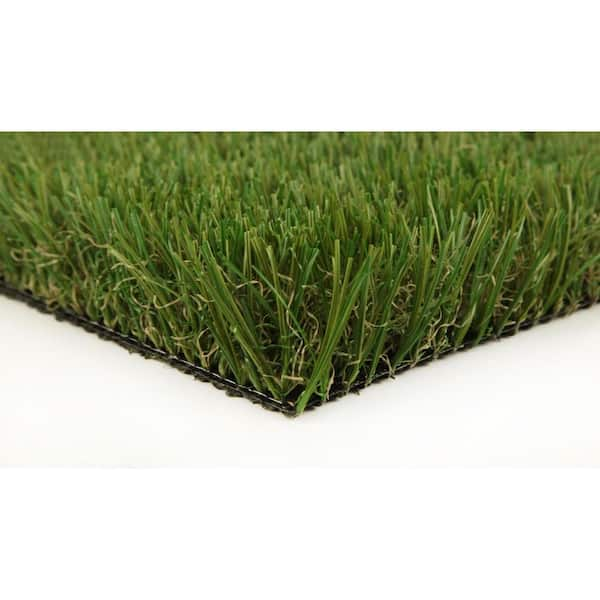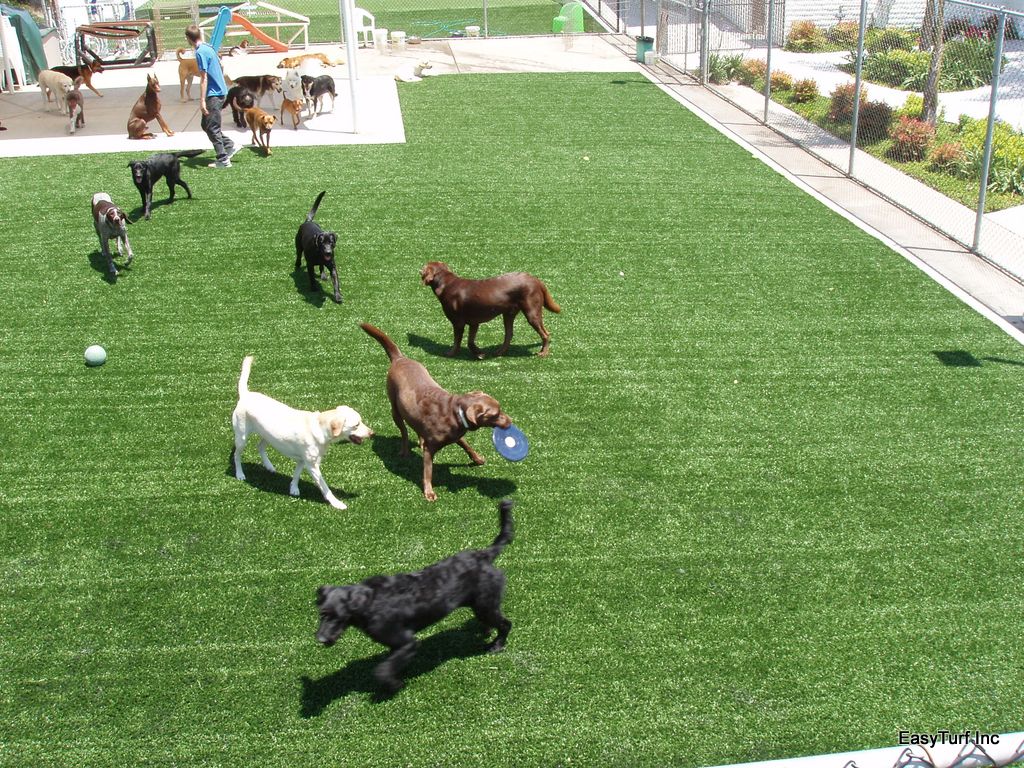Recognizing How Synthetic Grass Works for Your Home and Garden
Fabricated turf has emerged as a useful option for homeowners looking for to enhance their exterior rooms without the burdens of conventional grass maintenance. Recognizing its make-up, setup process, and the different types offered can expose significant advantages for both aesthetics and capability. Nonetheless, the implications of choosing man-made grass prolong beyond plain look; they touch upon ecological considerations and long-lasting sustainability. As we check out these elements, one have to consider how this cutting-edge approach can basically modify the landscape of home horticulture. What factors should you weigh prior to making the transition?
Advantages of Synthetic Grass
Identifying the growing appeal of fabricated turf, it is important to discover its countless benefits. Unlike natural yard, fabricated lawn does not require mowing, fertilizing, or watering, which translates to time and price savings for property owners.
In addition, man-made grass gives a constantly eco-friendly and rich appearance throughout the year, regardless of weather. This aesthetic appeal enhances the visual high quality of any landscape, making it an appealing selection for household properties. In addition, man-made grass is long lasting and designed to hold up against hefty foot web traffic, making it a perfect remedy for families with animals and children.
Safety is an additional critical consideration; modern-day artificial grass is usually made from safe products and incorporates shock-absorbing technologies, minimizing the danger of injuries throughout play. Finally, synthetic grass is immune to pests and weeds, removing the requirement for chemical treatments, therefore promoting a much healthier outdoor environment. On the whole, the advantages of synthetic grass make it an engaging option for boosting home and yard areas.
Setup Process Overview
When considering the installment of artificial turf, an organized method is necessary to make sure ideal results. The installation procedure typically begins with complete website prep work, which entails removing the area of any kind of existing turf, debris, and rocks. This action is crucial for establishing a stable and level structure.
Following, it's essential to analyze the drainage capabilities of the location. Appropriate drainage is essential to stop water pooling externally, which might lead to early wear or concerns with mold and mildew. If required., this might need excavation and the setup of a drain system.
Once the site is prepared, a base layer is installed, typically being composed of smashed stone or decomposed granite, compressed to produce a strong surface. After attaining a smooth base, a geotextile textile is set to prevent weed development.
The last stage involves laying the synthetic turf itself. The lawn rolls are put, cut to fit, and protected at the seams making use of specific or sticky turf tape. Lastly, infill materials may be put on enhance stability and improve the overall look. Properly complying with these actions will certainly cause a resilient and aesthetically pleasing synthetic grass installation.
Kinds Of Synthetic Grass

Among the main classifications is domestic lawn, which is commonly look at these guys made use of in gardens, backyards, and play areas. This type normally features a soft structure, making it safe for children and pet dogs. Industrial grass, on the other hand, is engineered for high-traffic locations, such as sports fields and metropolitan parks. It provides sturdiness and resilience, guaranteeing it stands up to extensive usage while preserving its look.
Another classification includes landscape lawn, which imitates all-natural turf closely to enhance the aesthetic charm of yards and exterior areas. Furthermore, placing environment-friendly lawn is particularly made for golf lovers, including a much shorter pile elevation and a smooth surface area for an optimal putting experience.
Lastly, pet-friendly lawn includes resilient materials and antimicrobial properties to make certain a risk-free and hygienic atmosphere for pet dogs. Picking the best sort of man-made lawn is important for accomplishing the designated appearance and functionality in your house and garden.
Maintenance Requirements
Proper upkeep is vital for expanding the life-span and look of synthetic grass. Routine maintenance not only enhances visual appeal but also makes certain optimal efficiency. The key maintenance jobs consist of brushing, washing, and examining the lawn.

Rinsing the lawn with water aids get rid of dirt, debris, and pet dog waste. Using a pipe with a spray nozzle makes this task efficient and efficient. In locations prone to heavy rains, make sure proper drain to stop pooling.
In addition, regular evaluations for problems, such as rips or loosened seams, are important. Prompt repair services can avert more significant problems and maintain the honesty of the turf. By sticking to these maintenance needs, home owners can take pleasure in the elegance and capability of their synthetic grass for many years to come, making certain a lively and welcoming outdoor space.
Environmental Factors To Consider
Synthetic grass presents a complicated variety of ecological considerations that require cautious evaluation. Artificial turf companies. While it decreases the demand for water, plant blog here foods, and pesticides, which are usually related to natural lawn maintenance, there are significant issues concerning its usage, disposal, and production
The manufacturing of synthetic grass includes petroleum-based materials, elevating concerns regarding nonrenewable fuel source usage and greenhouse gas emissions. The installation process commonly needs a layer of infill, often made up of products like crumb rubber, which can release dangerous chemicals right into the setting.

Disposal of fabricated grass provides an additional difficulty, as it is not eco-friendly and can add to garbage dump waste. Some reusing alternatives exist, yet they are not extensively readily available or easily accessible.
Conclusion
In summary, synthetic turf presents countless benefits for household and garden applications, consisting of aesthetic appeal, low maintenance, and security for pet dogs and children. Different types of fabricated lawn cater to various needs and choices, while ecological factors to consider highlight its potential sustainability advantages.
Overall, the advantages of man-made grass make it an engaging option for boosting home and garden areas.
When considering the setup of synthetic turf, an organized technique is vital to make certain optimum results. The grass rolls are placed, reduced to fit, and protected at the joints using glue or specific lawn tape. Effectively following these actions will result in a durable and aesthetically pleasing fabricated lawn setup.
In recap, man-made lawn offers many advantages for household and garden applications, including aesthetic allure, reduced maintenance, and safety for kids and animals.